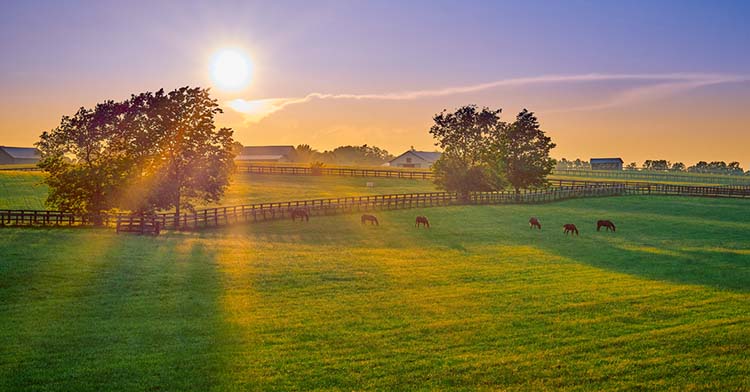
Anyone up to speed on the latest season of the hit show Yellowstone knows that Yellowstone Dutton Ranch owner John Dutton (Kevin Costner) proposes placing his massive cattle ranch in a conservation easement to thwart efforts to develop land occupied by his ranch.
It’s the perfect example of the potential benefits of a conservation easement and how they work. Let’s jump into the details.
How Does a Conservation Easement Work?
Conservation easements are legally binding agreements between landowners and state agencies, land trusts, or similar qualified entities. The agreement permanently assigns certain rights associated with the land to the agency or trust in order to protect key aspects of the land, which may include:
- Historic
- Geologic
- Ecological
- Recreational
- Scenic
However, as in the case of the fictional Dutton ranch, a conservation easement can also transfer development rights for property from the landowner to the state or qualified agency. The landowner retains ownership of the land, as well as any rights not attached to the easement, and can continue productively using it as farmland, forestland, or as a homesite. The agreement places the land into long-term stewardship that protects its important natural features and conservation values, prevents development, or restricts public access in an attempt to better preserve the most important qualities of the land.
Conservation easements are created by drafting legal agreements between landowners and associated agencies or qualified organizations and are recorded as deed restrictions. These restrictions apply to any future landowners and prevents them from developing or subdividing the land, or performing any actions that threaten the conservation aspects of the land outlined in the easement agreement. Landowners can assign specific rights according to their personal values and beliefs, as well as designate which uses should be restricted in order to best protect the land.
Once the agreement is signed and recorded at the county recorder’s office, the landowner has conveyed his or her right to enforce restricted uses over to the conservation recipient, which is sometimes referred to as the grantee or holder. The grantee now has specific real property interests in any lands that have been identified for protection and conservation.
Why Create Conservation Easements?
There are several reasons why private landowners may place all or portions of their land into conservation easements.
These agreements are designated to protect existing farmland or ranchland, ensuring that it won’t fall prey to future residential or commercial development and urban sprawl. Conservation easements also can be drafted to protect environmentally sensitive areas such as forests or wetlands, both of which have positive ecological contributions to the climate by reducing soil erosion, producing oxygen, improving water quality, and maintaining biodiversity.
By restricting use and access, conservation easements also can perpetuate healthier forest growth, maintain vital wildlife corridors, protect scenic environments from overuse, and ensure that land placed in an easement is consistent with the owner’s conservation practices and objectives.
There also can be beneficial tax consequences by placing land in conservation easements. Landowners may qualify for charitable income tax deductions if they donate or sell the land at bargain prices and meet other requirements laid out in Internal Revenue Code Section 170(h).
Putting it all Together
Conservation agreements are long-term agreements between private landowners and qualified organizations that set limits on land use in perpetuity in order to constrain activities that could negatively impact the land. Landowners retain full control of their land, but they agree to assign certain rights or powers to state agencies, land trusts, or other entities.
The National Conservation Easement Database estimates that more than 40 million acres of land in the U.S. has been placed into conservation easements, thus protecting it for future generations.1 From sugar maple, spruce, and fir forests in Vermont to sensitive wetlands in the Lower Mississippi River Valley, conservation easements can be found throughout the U.S.
These agreements are tailored to meet the conservation goals of landowners and meet specific aspects of a particular property. They are enforceable and binding for any future owners of the land, regardless of whether they agree with the reasons and purpose of the conservation easement.
This material is for general information and educational purposes only. Information is based on data gathered from what we believe are reliable sources. It is not guaranteed as to accuracy, does not purport to be complete and is not intended to be used as a primary basis for investment decisions. It should also not be construed as advice meeting the particular investment needs of any investor.
Realized does not provide tax or legal advice. This material is not a substitute for seeking the advice of a qualified professional for your individual situation.



